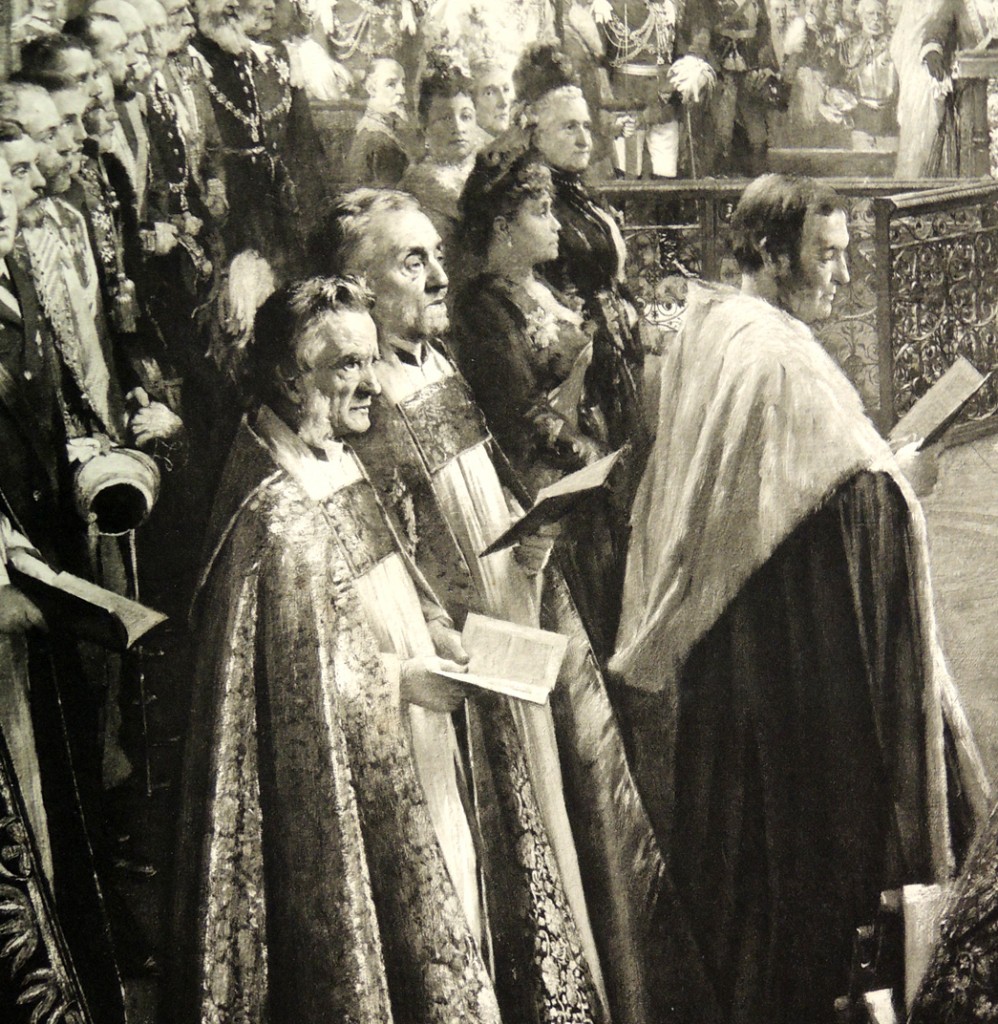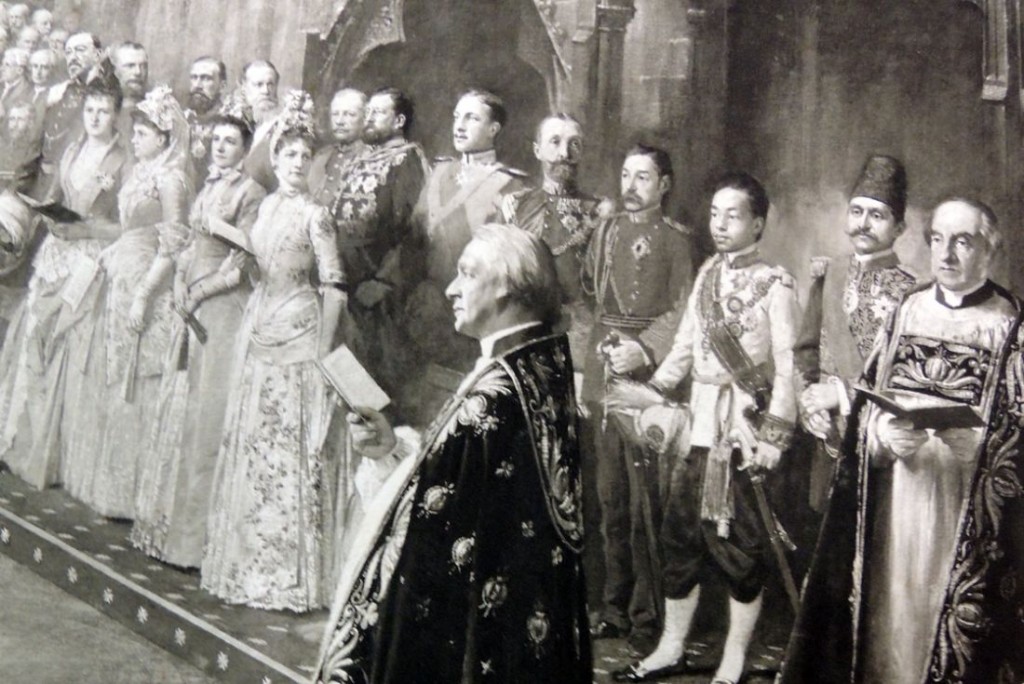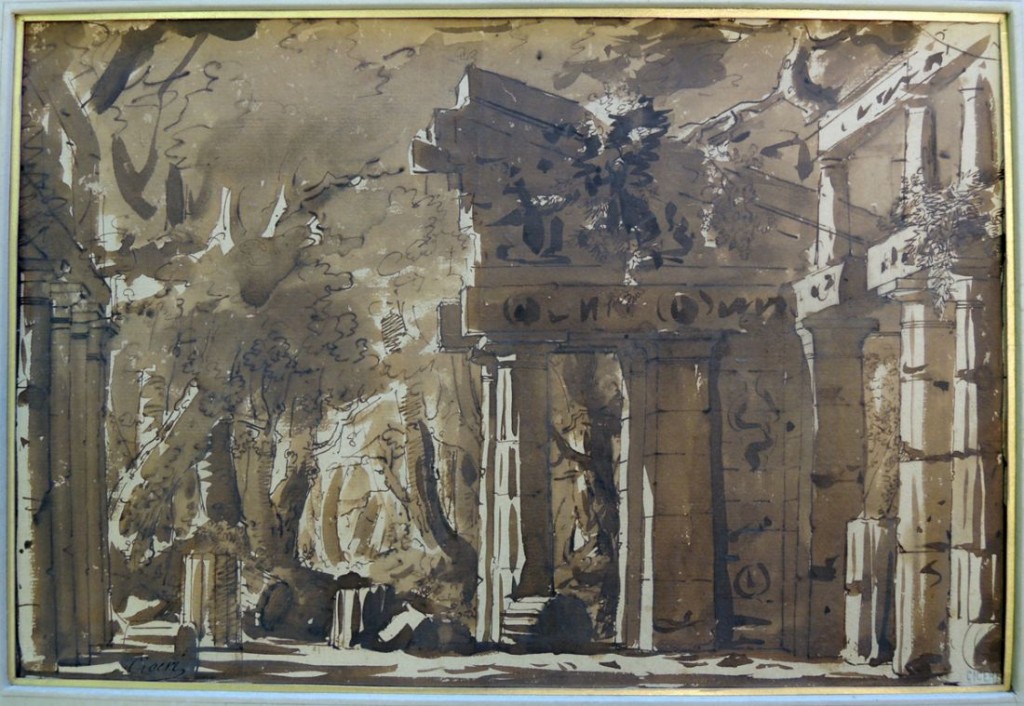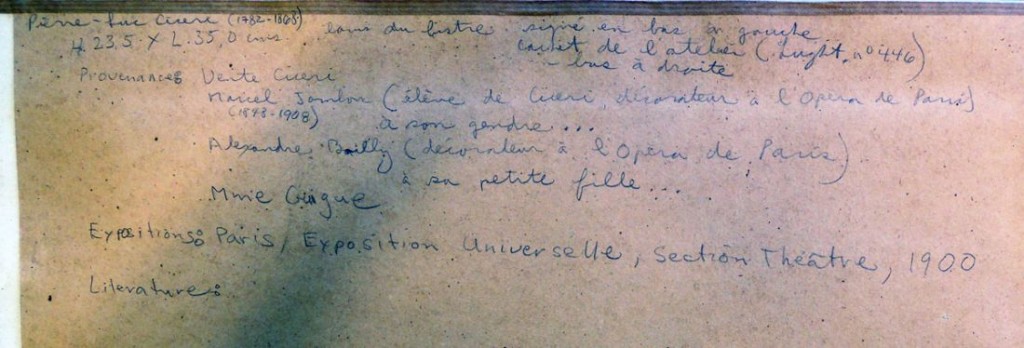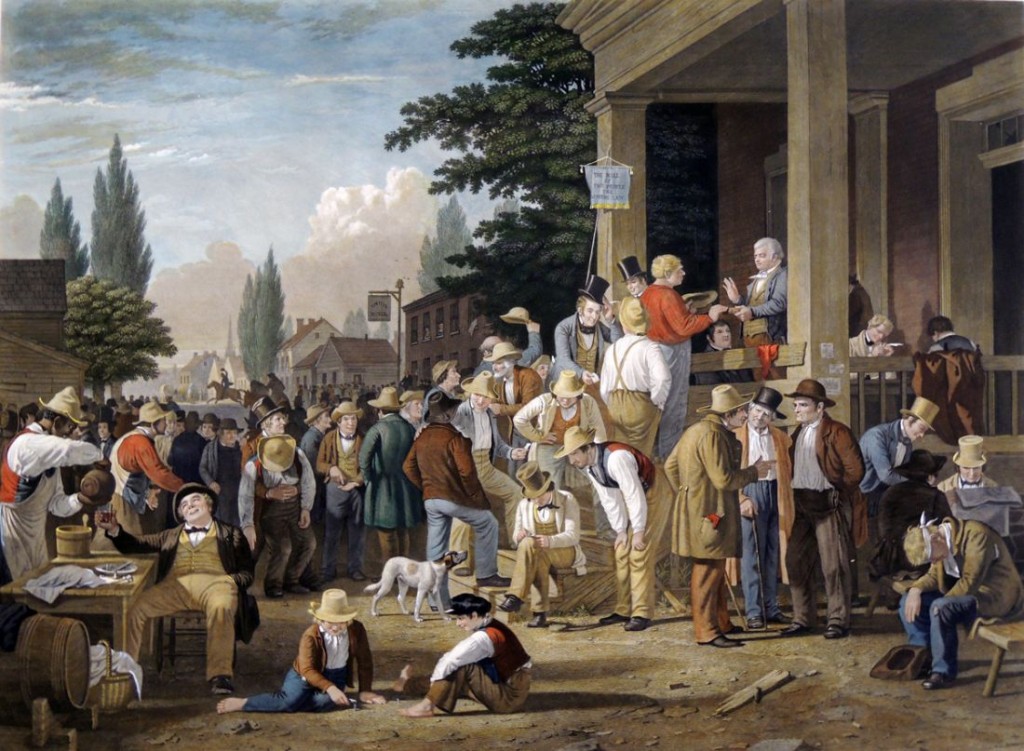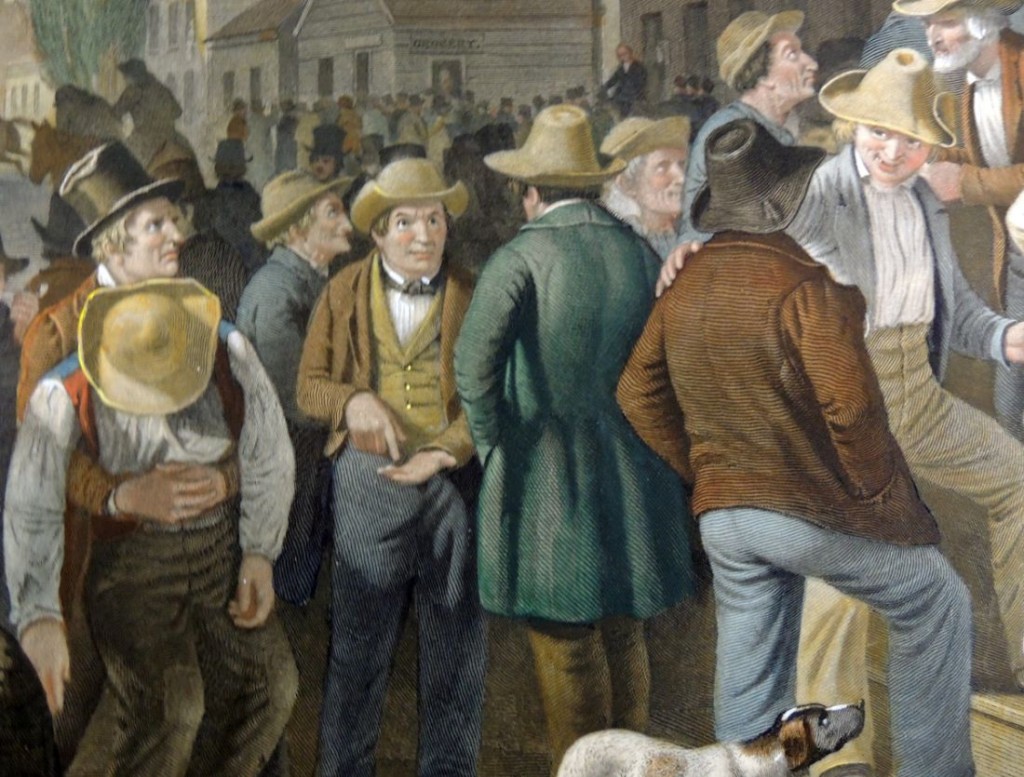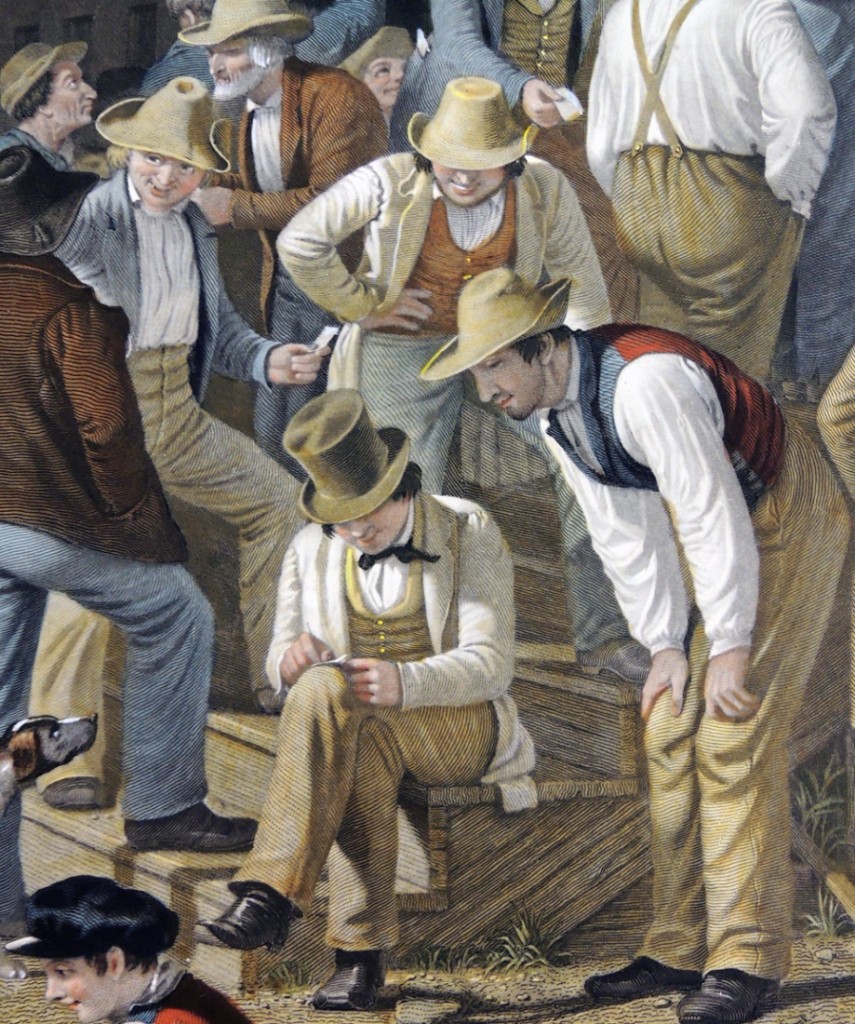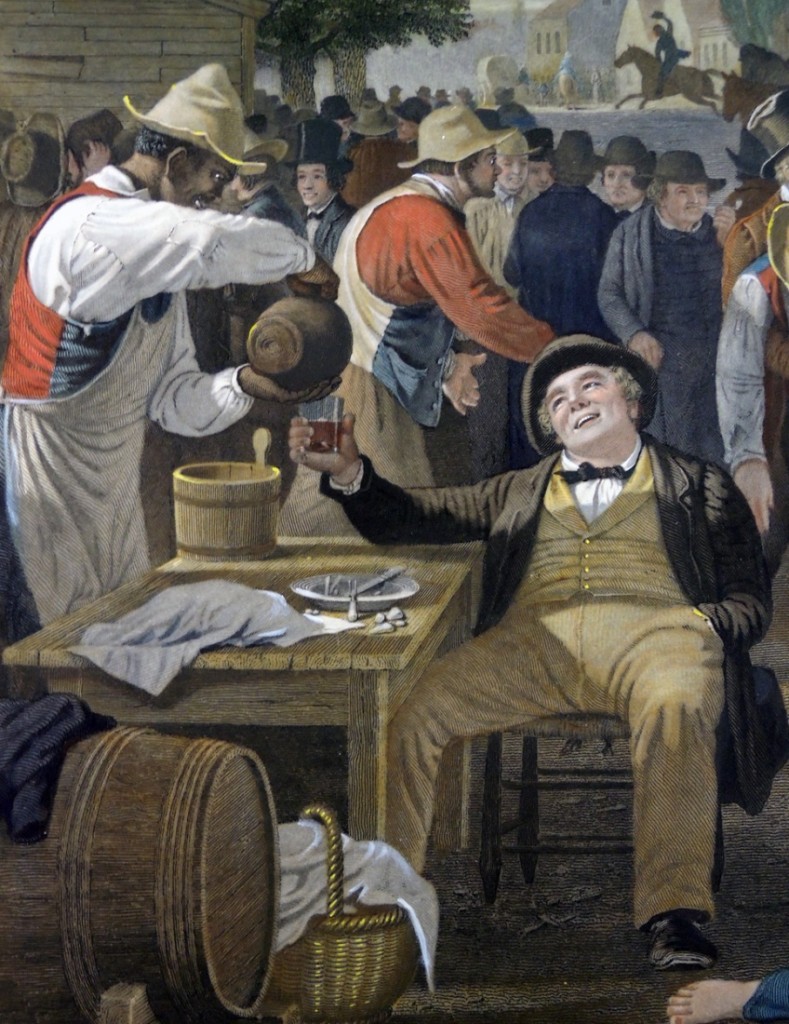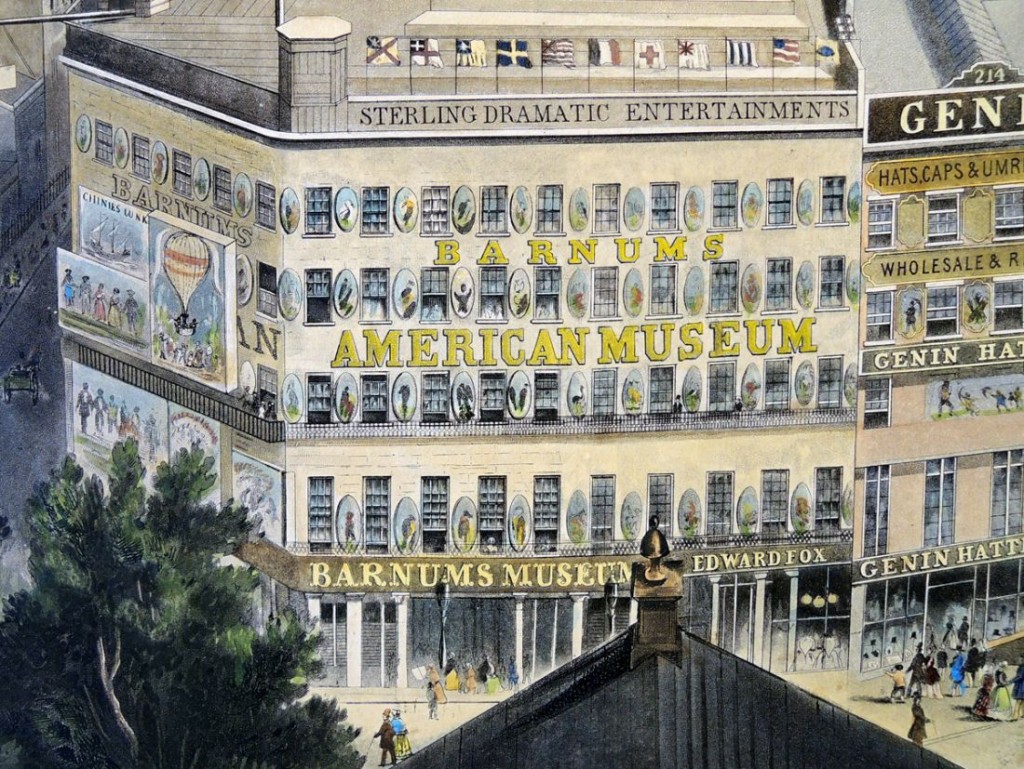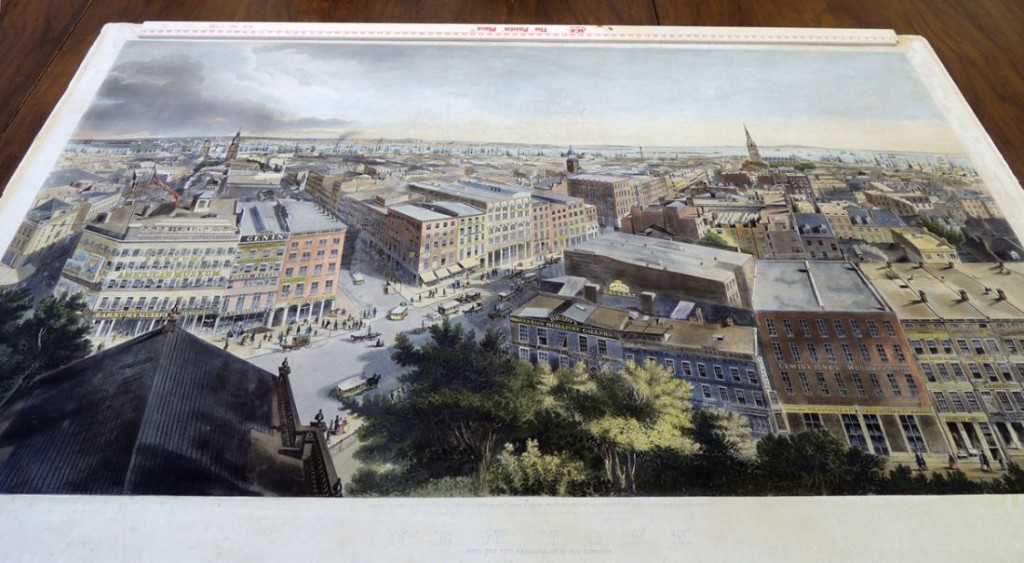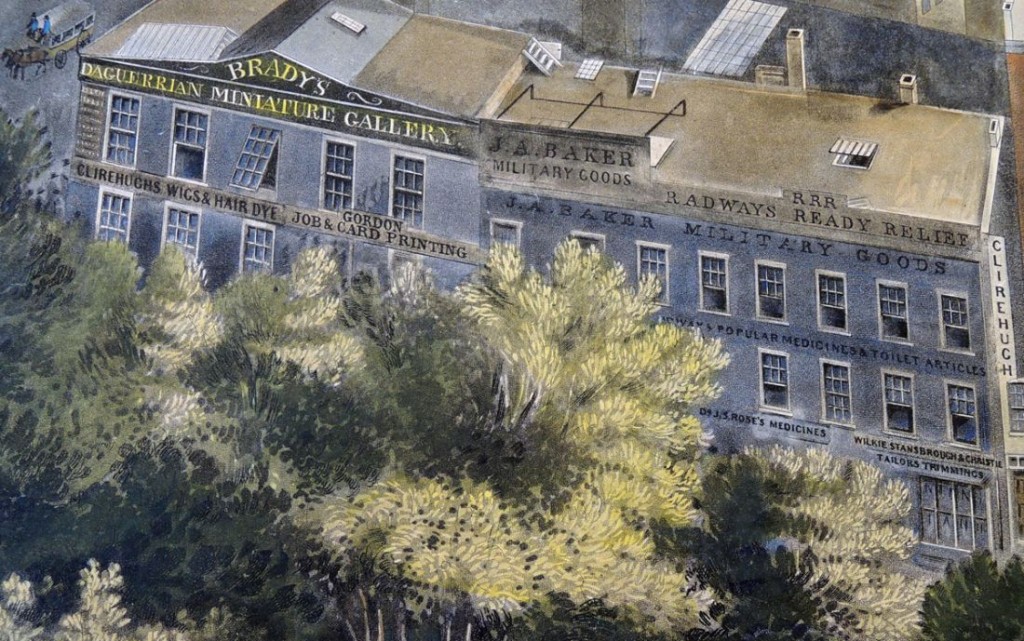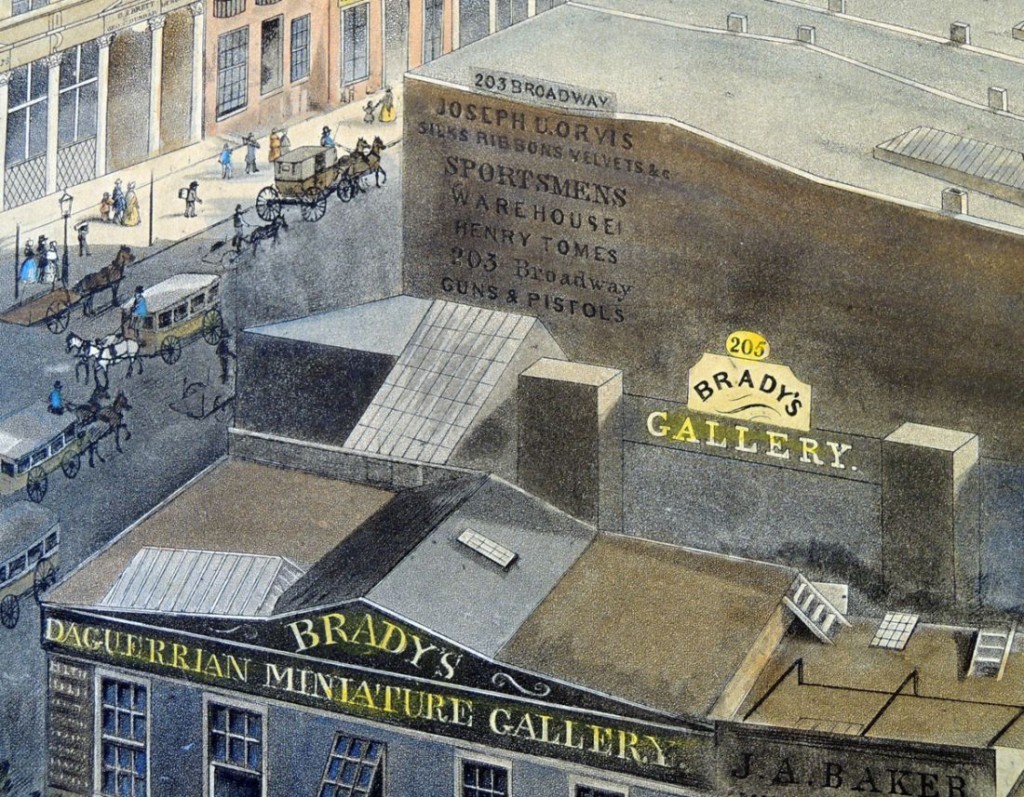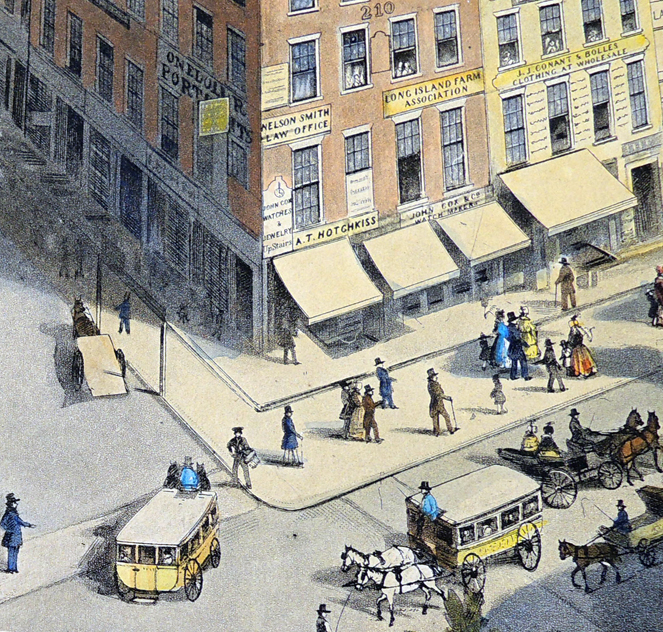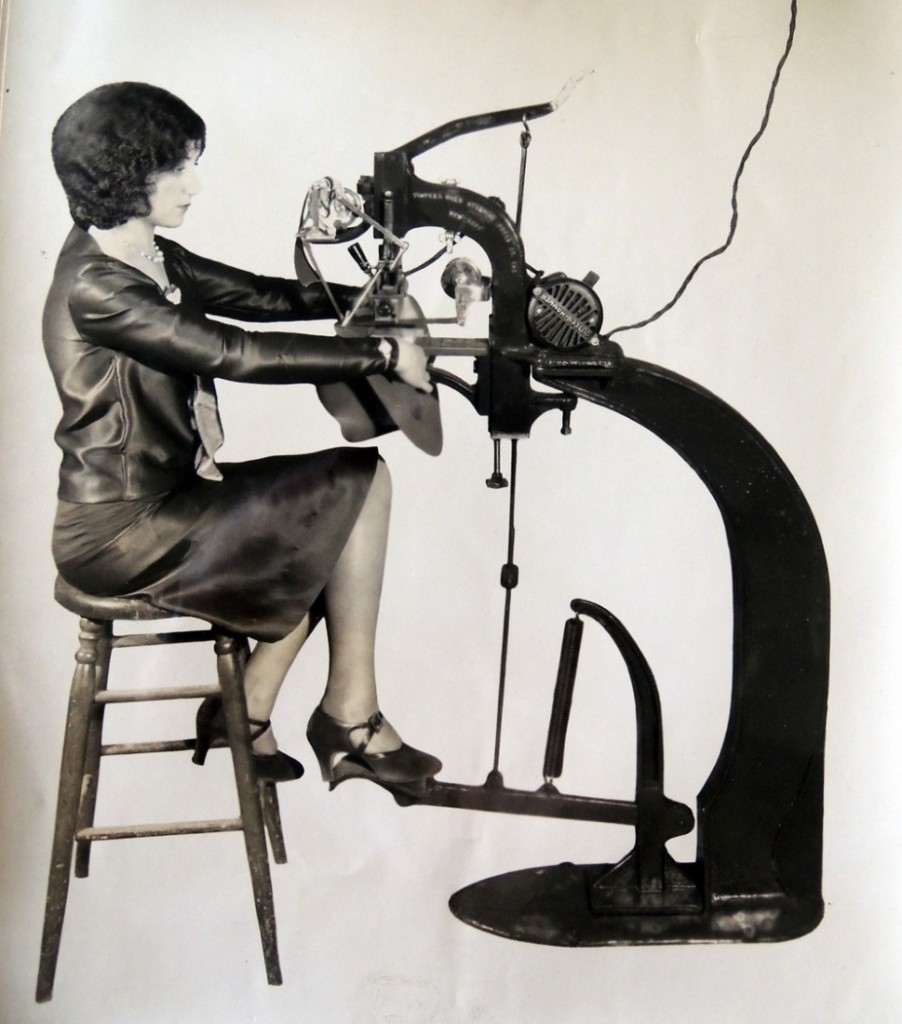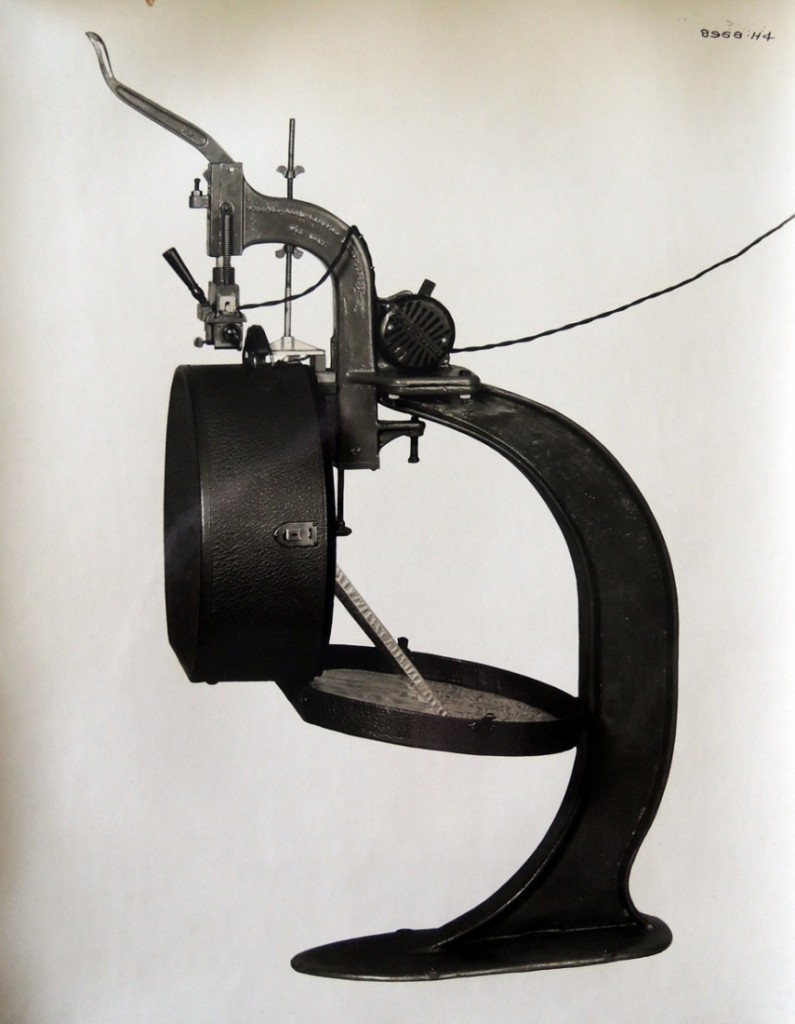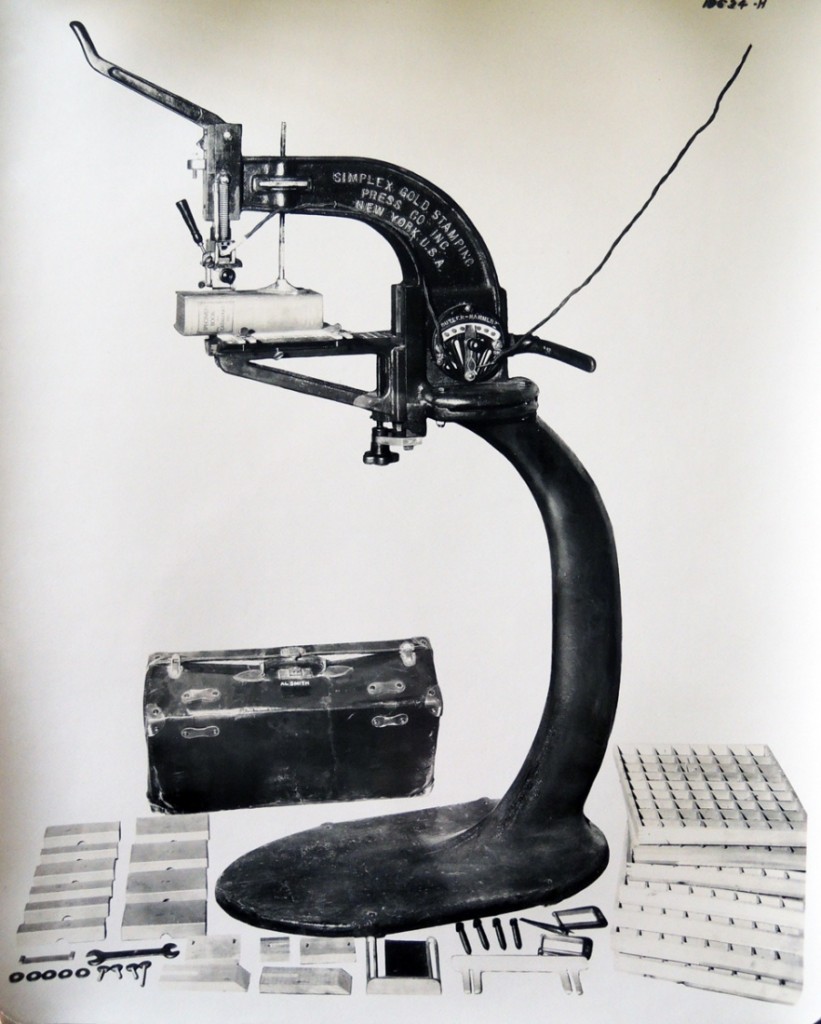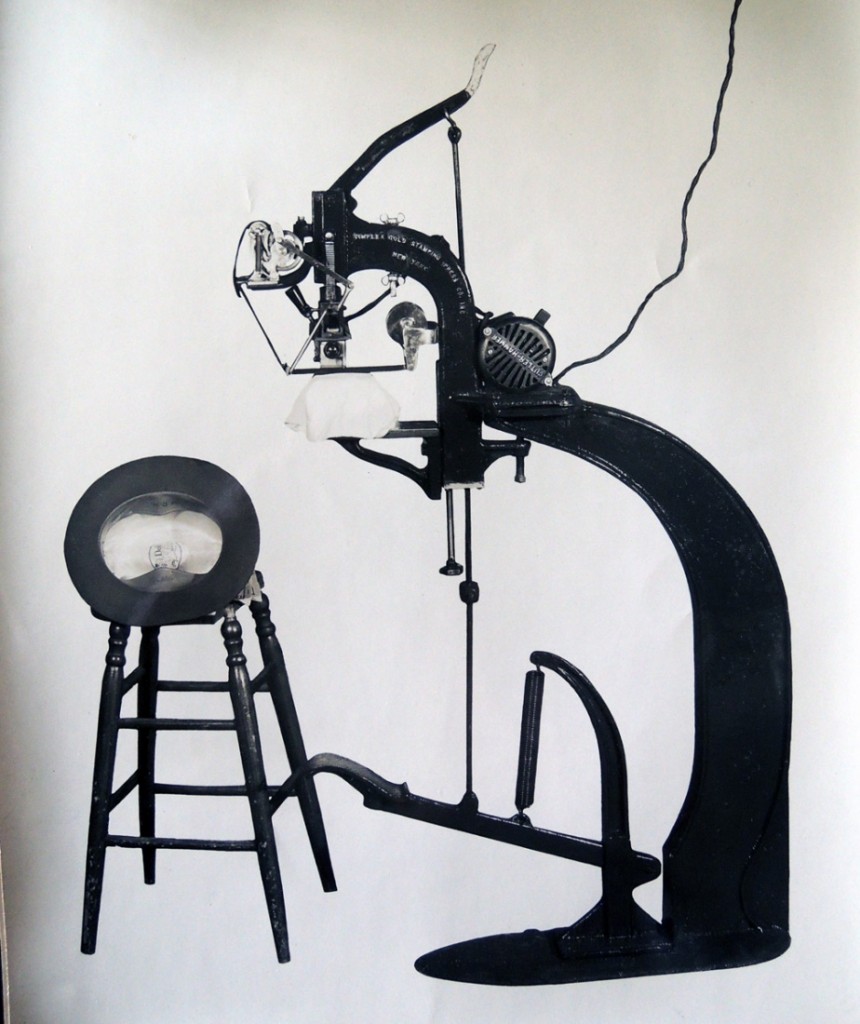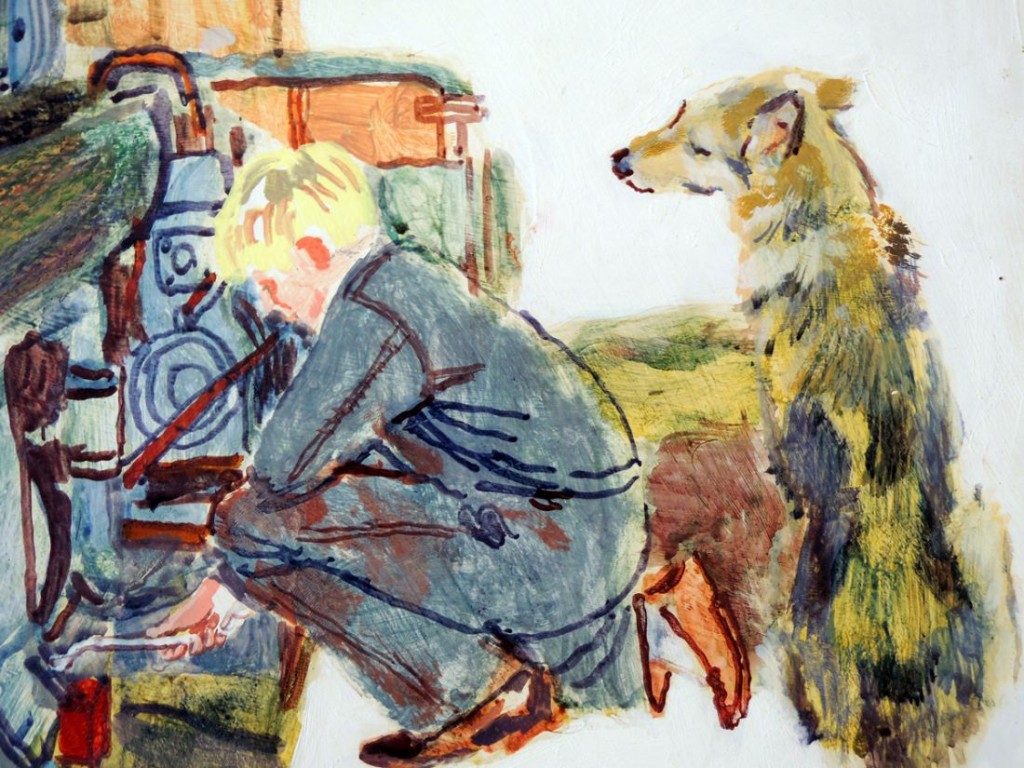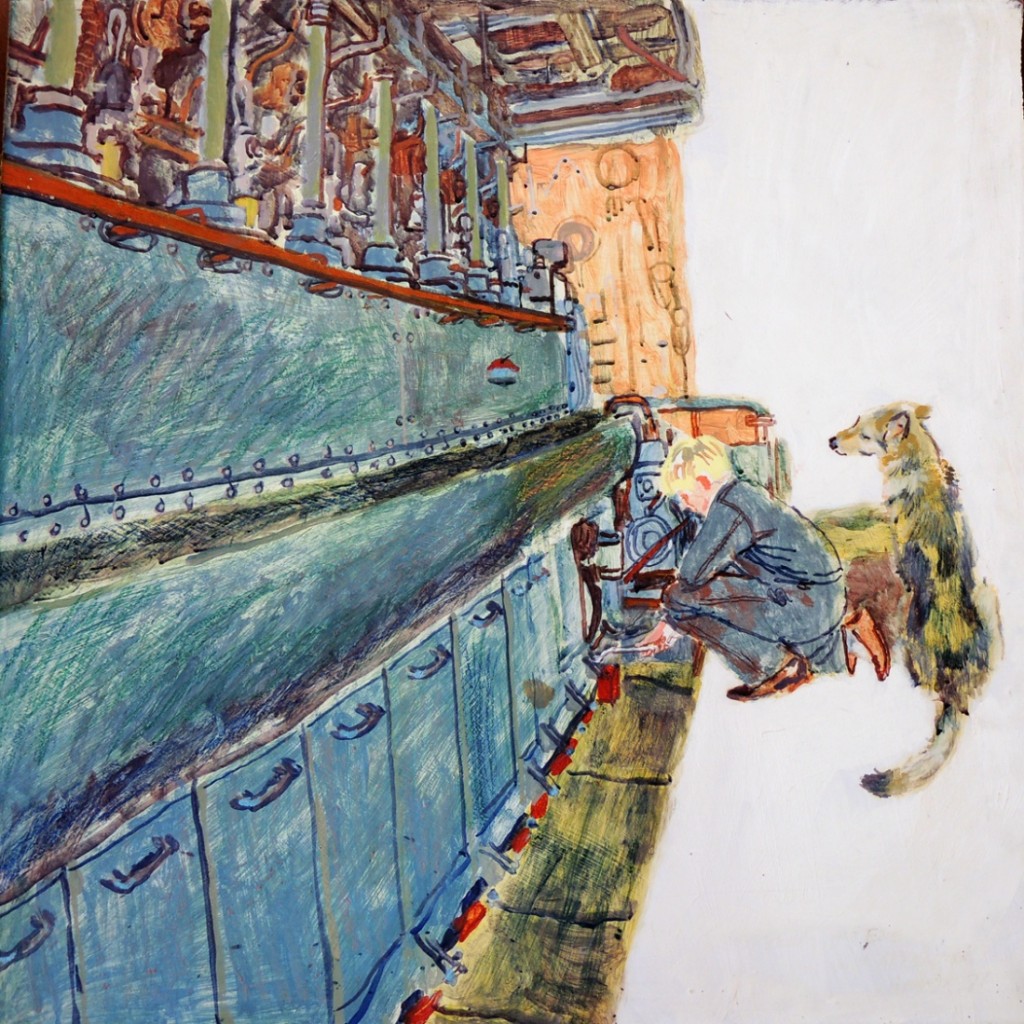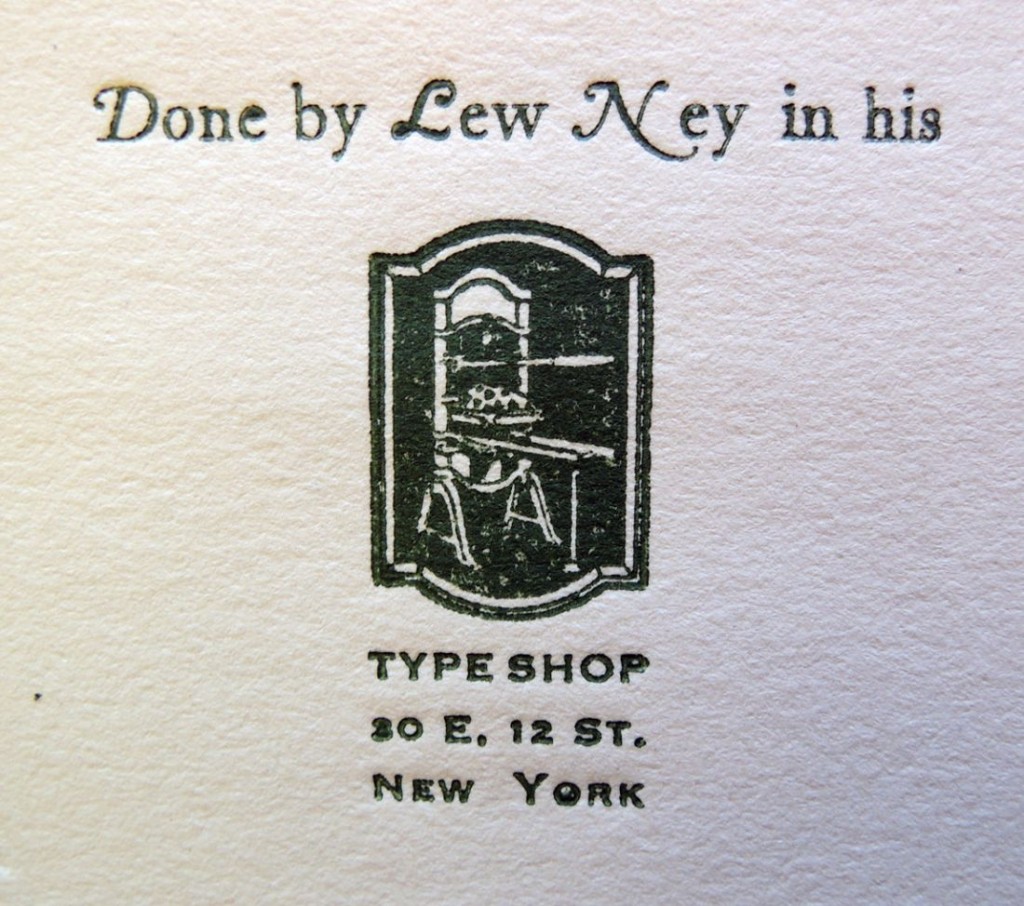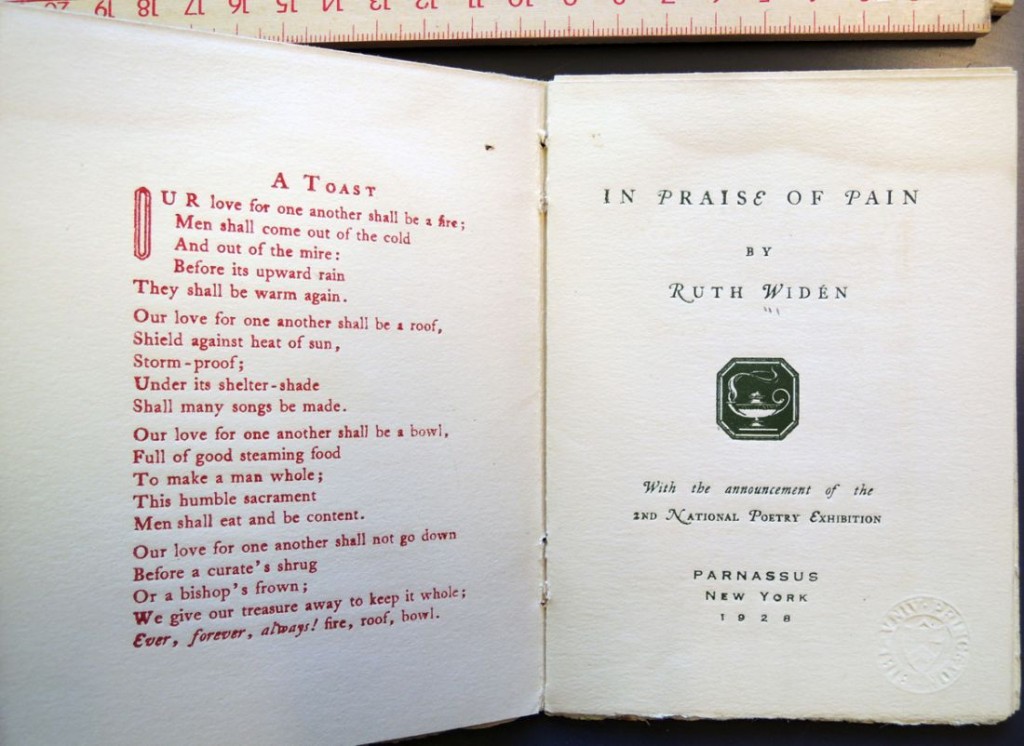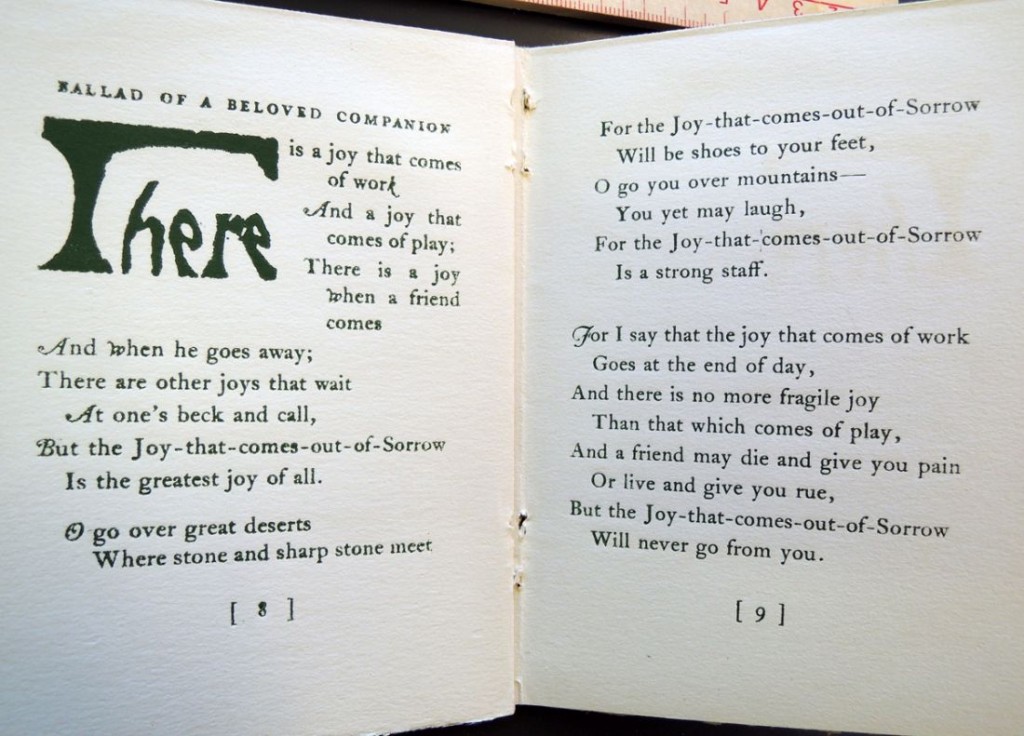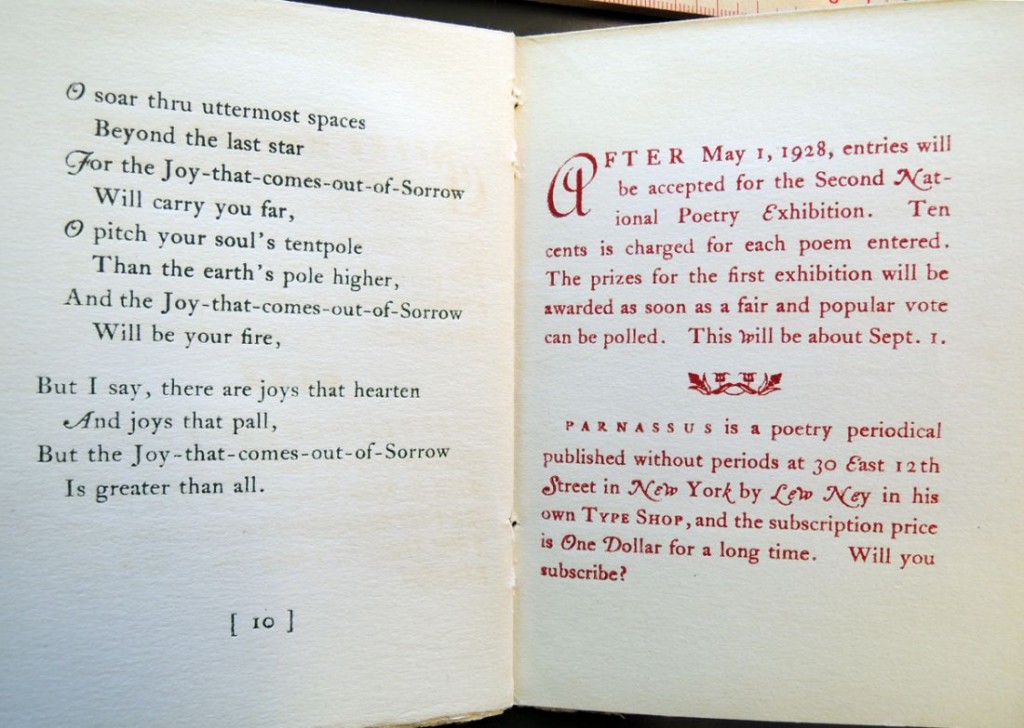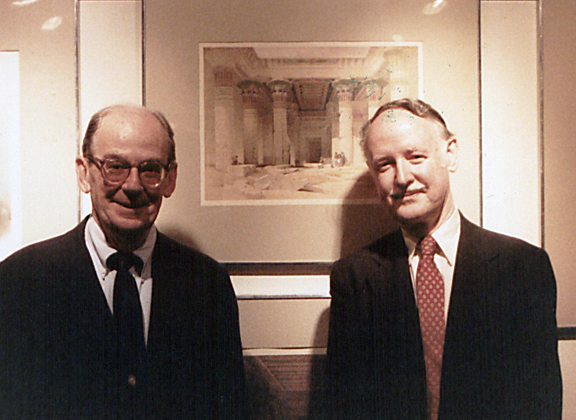
On October 8, 2013, the new $100 note will begin circulating. Once it is issued, any commercial bank, savings and loan, or credit union that orders $100 notes from the Federal Reserve will have its order filled with the new design. According to the U.S. government website , distance, demand, and the policies of individual financial institutions will be the deciding factors in how quickly redesigned $100 notes reach the public, both in the U.S. and in international markets.
While older designs of Federal Reserve notes remain legal tender, and will not be recalled, demonetized or devalued, beginning on October 8, 2013, Federal Reserve Banks will only be paying new design $100 notes out to financial institutions. As older designs make their way through the banking system, they will eventually get returned to the Federal Reserve, where they will be destroyed.
The United States government primarily redesigns U.S. currency to stay ahead of counterfeiting threats and keep counterfeiting levels low. The Federal Reserve, the Treasury Department, its Bureau of Engraving and Printing, and the United States Secret Service continuously monitor the counterfeiting threats for each denomination of U.S. currency and make redesign decisions based on these threats.
 Currency Image Use [from the U.S. government]
Currency Image Use [from the U.S. government]
Federal law permits color illustrations of U.S. currency only under the following conditions:
The illustration is of a size less than three-fourths or more than one and one-half, in linear dimension, of each part of the item illustrated.
The illustration is one-sided and all negatives, plates, positives, digitized storage medium, graphic files, magnetic medium, optical storage devices and any other thing used in the making of the illustration that contain an image of the illustration or any part thereof are destroyed and/or deleted or erased after their final use.
18 U.S.C. § 504(1), 31 CFR § 411.1.
Use and reproduction of U.S. currency for advertising purposes prohibited under federal law. Under section 475 of the U.S. Criminal Code, “whoever designs, engraves, prints, makes, or executes, or utters, issues, distributes, circulates, or uses any business or professional card, notice, placard, circular, handbill, or advertisement in the likeness or similitude of any obligation or security of the United States issued under or authorized by any Act of Congress or writes, prints, or otherwise impresses upon or attaches to any such instrument, obligation, or security, or any coin of the United States, any business or professional card, notice, or advertisement, or any notice or advertisement whatever, shall be fined under this title.” 18 U.S.C. § 475.
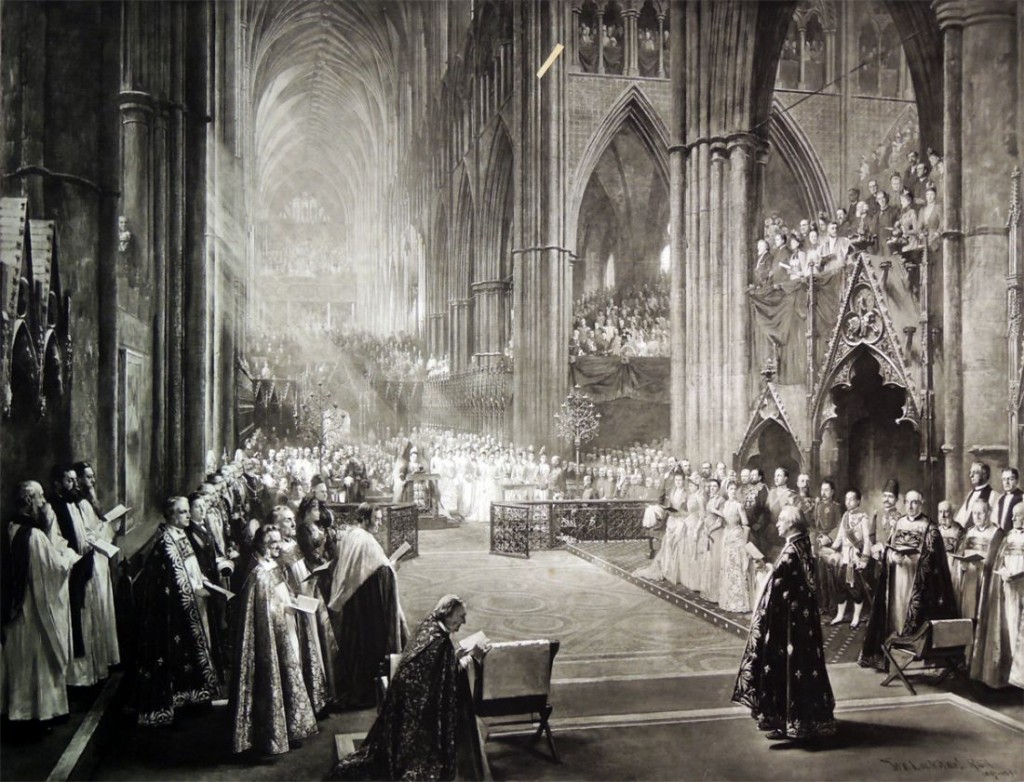
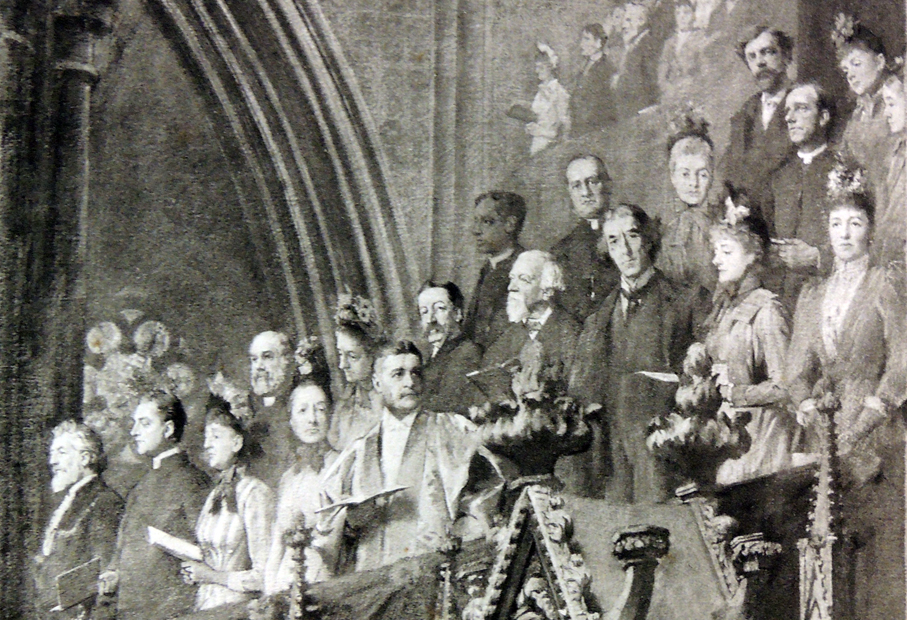 Notable figures have been identified, including in the box at top right, Sir Frederick Leighton (1830-1896) at the far left. The actor Henry Irving (1838-1905) gazes out towards the viewer in the center of the box. To the left of Irving is the poet Robert Browning (1812-1889), and to the right of Irving is the actress Ellen Terry (1847-1928).
Notable figures have been identified, including in the box at top right, Sir Frederick Leighton (1830-1896) at the far left. The actor Henry Irving (1838-1905) gazes out towards the viewer in the center of the box. To the left of Irving is the poet Robert Browning (1812-1889), and to the right of Irving is the actress Ellen Terry (1847-1928).
